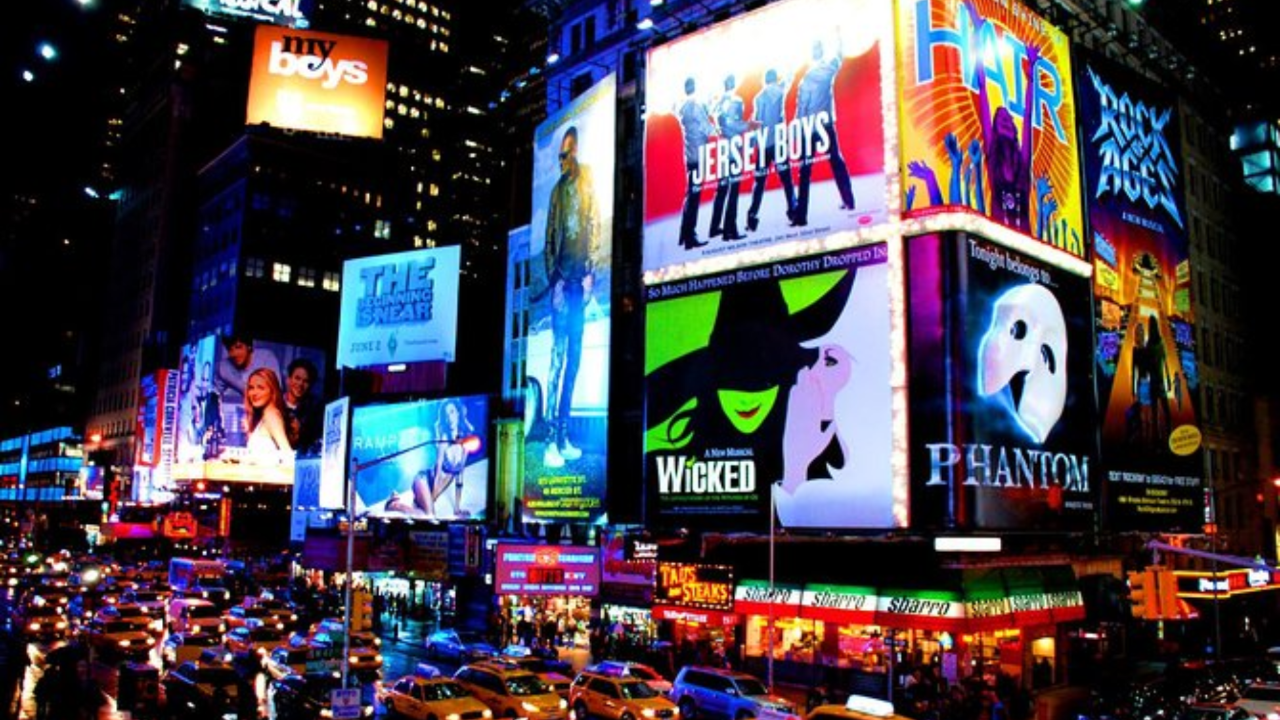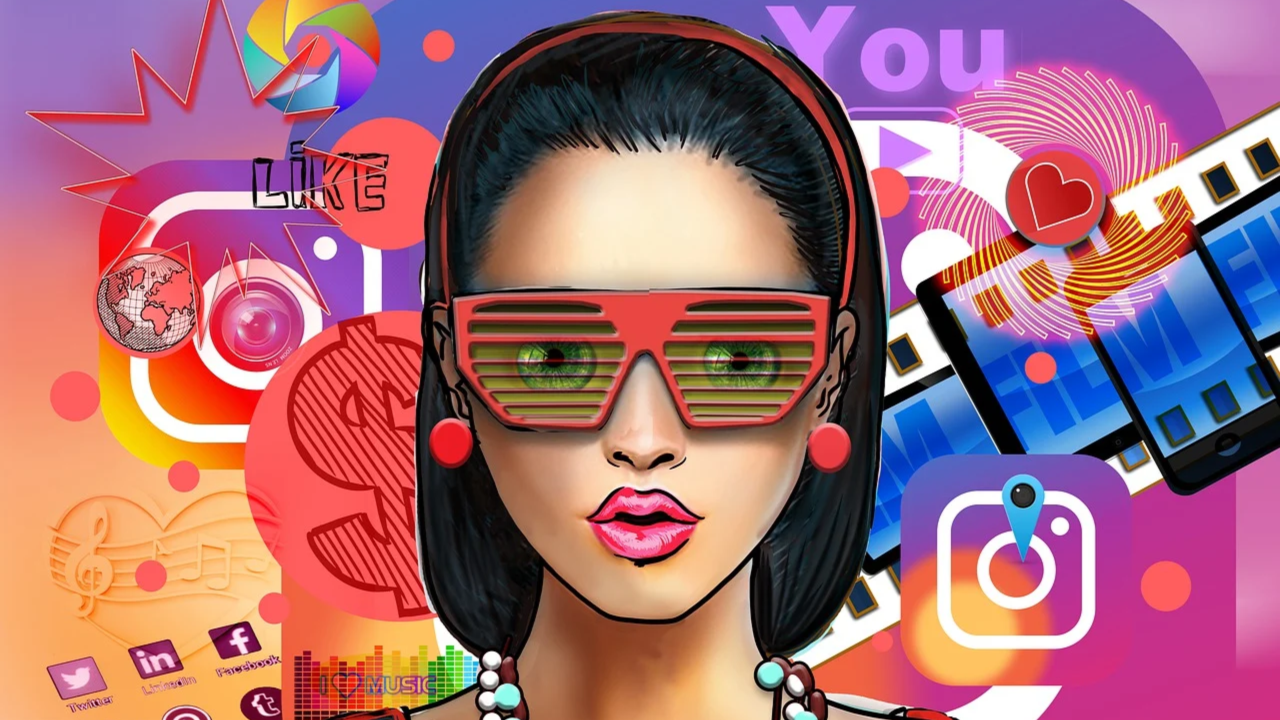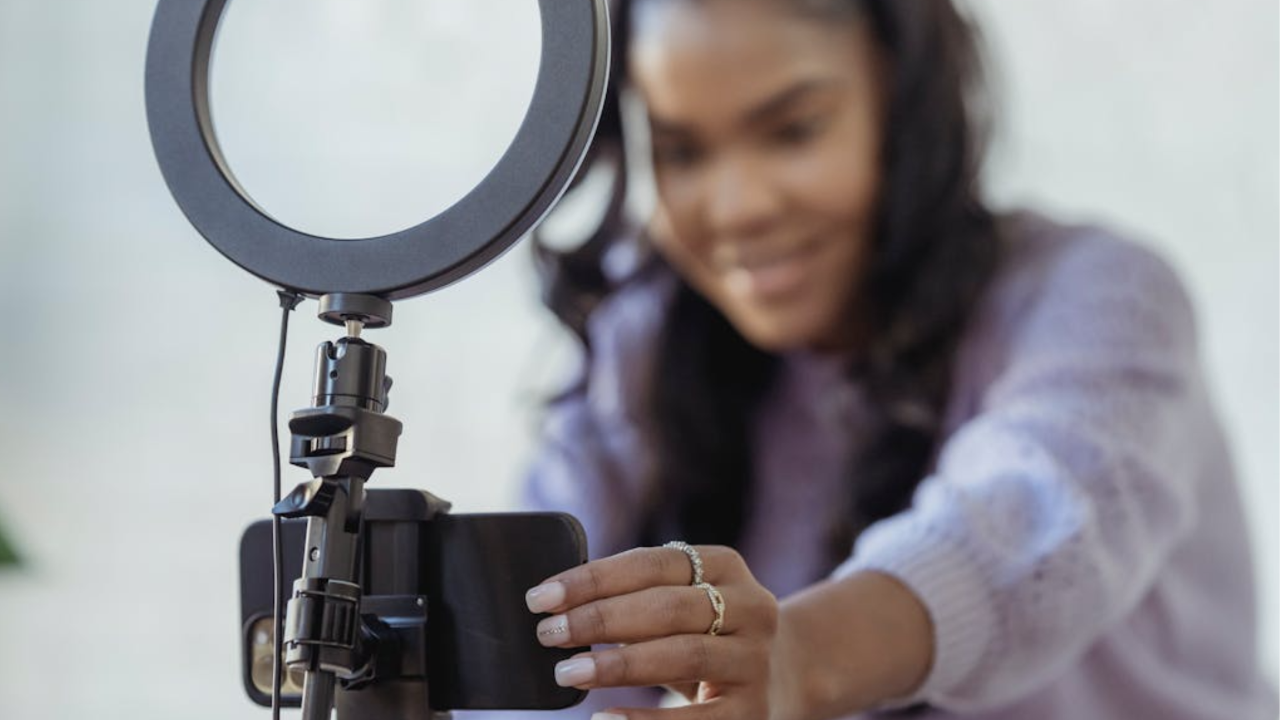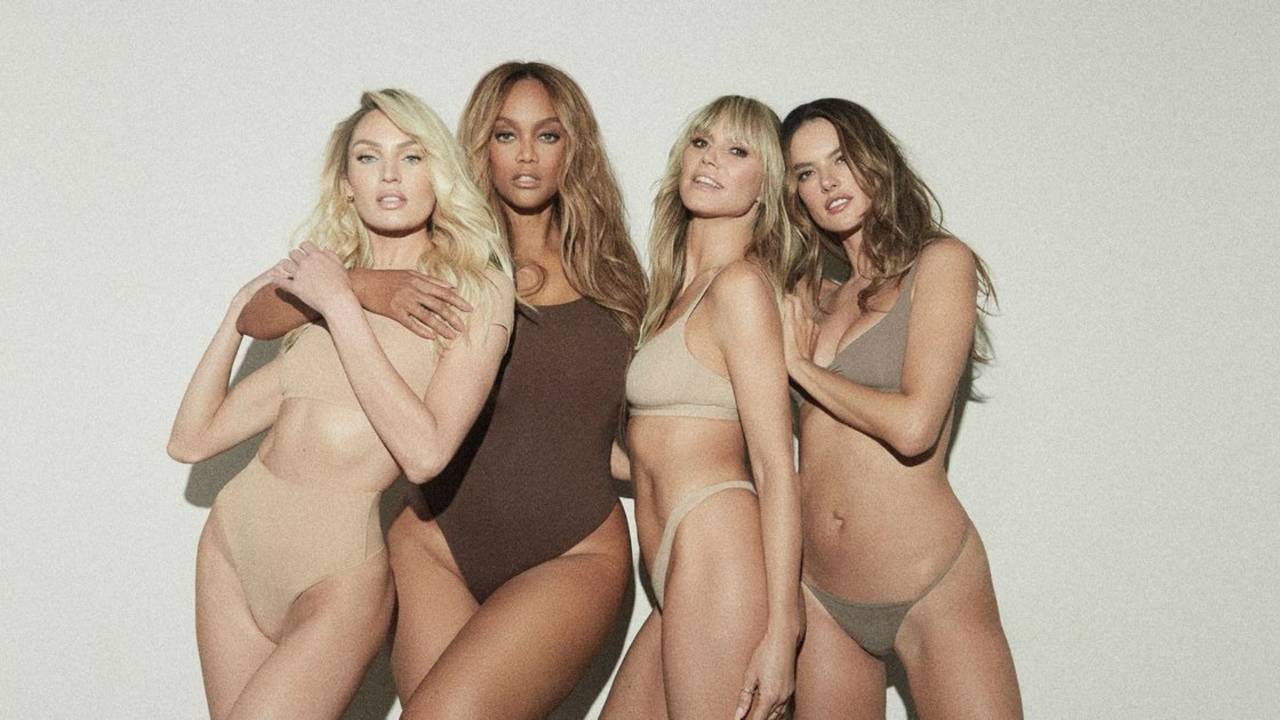5 Powerful Examples of Brand Experiences that Changed the Game in the past 2 years
Jul 20, 2025
With so much noise online, it’s harder than ever for brands to stand out.
The right experience, however, can stop people in their tracks. 85% of consumers are more likely to purchase after attending a live marketing event.
Brand experiences (or technically called experiential campaigns) are bold, one-time activations that engage people in real life and in real-time. They can be pop-up shops, art installations, events, or anything that is designed to capture attention in the real world.
These are 5 powerful examples of brand experiences that raised the bar within the past 2 years.
Barbie’s Malibu Dreamhouse - Airbnb x Barbie Movie (2023)

Ken is renting out the Malibu Dreamhouse while Barbie is away, and Mattel and Warner Bros. have found the perfect way to bring her world to life!
This was one of the most talked-about examples of brand experiences in 2023. While the release of the Barbie Movie was already highly anticipated, the marketing team at Warner Bros.
Pictures worked hard to make sure it was bigger than just a film. It became a cultural phenomenon as bold and iconic as Barbie herself!
What better way to bring that world to life than by turning the legendary Barbie Dreamhouse into a real-life experience and giving it a Ken-inspired makeover?
Of course, it would have been so easy for Mattel and Warner Bros. to stop at merch (and, yes, they did that too). But to take it to the next level, they revived the iconic 2019 Airbnb Dreamhouse experience (originally celebrating Barbie’s 60th Anniversary) and reimagined it to reflect the movie’s themes and humor.
The campaign didn’t just grab attention, either; it dominated the social media zeitgeist. With over 250 million impressions and more than 13,000 media mentions, this became one of the most iconic examples of brand experiences in recent years.
Vita Coco’s Valentine's Day Makeshift Vending Machine (2025)

In the middle of Washington Square Park, Vita Coco surprised New Yorkers with a quirky pop-up “vending machine” that felt more like a love letter than a marketing stunt.
Shortly after the public backlash from Poppi’s flashy 2025 Super Bowl campaign, where they sent custom vending machines to influencers, Vita Coco took a different approach. For Valentine’s Day, the brand rolled out a lo-fi, bootleg-style vending machine in Washington Square Park, NYC.
This brand experience was as simple as it gets: a repurposed rolling rack dressed up to look like a vending machine, offering free samples of Vita Coco’s Strawberries & Creme flavored coconut water.
No hashtags, no influencers (unless you count the VitaCoco employee dressed as the product they were promoting), no strings attached–just a refreshing treat for anyone who happened to walk by.
In a world of overproduced and elaborate stunts, Vita Coco stood out by keeping it simple. The focus on community, creativity, and mindful marketing turned a humble gesture into a moment worth talking about.
This example of brand experience proves that you don’t always need to do something crazy, elaborate, or expensive. Sometimes, the best buzz comes from giving people something good, with zero expectations and just the right vibe.
Lush’s “Bloom a New Day” Activation with Change the Ref (2025)

Sunflowers adorned the activation throughout, symbolizing their SXSW-exclusive bath bomb.
At South by Southwest (SXSW), Lush traded bubbles for activism with an installation that stopped attendees in their tracks and their feelings.
Lush has a reputation for operating thoughtfully and ethically in as many ways as possible. Their 2025 SXSW brand experience is no exception.
Partnering with Change the Ref, a nonprofit committed to ending gun violence in schools, Lush created an immersive mock school environment that included lockers, desks, bulletin boards, and even recreated a bus.
As participants walked through the space, they encountered hauntingly symbolic items such as bullet-damaged backpacks, a children’s book entitled “Joaquin’s First School Shooting”, bouquets of sunflowers, or “Vote Out NRA” stickers.
A row of desks at the center displayed a phone number that attendees could call and listen to a 90-second recording of a real lockdown drill that occurs in schools.
The intention wasn’t to suggest that this could happen but rather that this is happening currently in US Schools.” The brand experience was designed to evoke an emotional response but also educate and empower participants to get involved in Change the Ref’s efforts.
At the end of the walkthrough, Lush introduced its limited-edition “Sonflower” bath bomb, which was sold exclusively at SXSW. Notably, 75% of the bath bomb sales were donated to organizations dedicated to the cause. This is proof that brand experiences can also fuel real change.
This wasn’t a traditional brand experience designed to sell products or build hype. It was something more meaningful: a reminder that marketing can also be a vehicle for advocacy, designed not for commercial gain but for collective action.
Glossier’s “You” Installation (2023)

Glossier went big (literally) to celebrate its signature perfume, creating a giant sculpture and photo-worthy pop-up that felt designed for your feed.
Glossier is known for being minimalist in design and paying particular attention to the visual details of its products. Knowing this, it was only natural for them to create a larger-than-life installation.
This brand experience featured a 13-foot-long sculpture of an oversized bottle of the perfume, cap, and perfume travel solid. While the main feature of the experience was to gain visibility on social media as a photo-op, participants could get free samples of You perfume, and write on boards what they thought the fragrance smelled like.
The attendee participation factor was really what drives the brand intention home here, because it shows how “You” is designed to be different for each person. It’s personalized in the memories and thoughts it triggers for people. And since the tag line for this product was, “smells like you, but better,” this activity is perfect for that.
Netflix’s “Squid Game” season 2 promotional campaign in Paris (2024)

Young-hee, the robotic doll featured in Squid Game
The creepy doll from Squid Game showed up in Paris, inviting fans to play a real-life game of “Red Light, Green Light” for a shot at VIP tickets.
To promote season 2 of Squid Game, Netflix pulled out all the stops, as they normally do. One standout example of brand experiences was the installation of Young-hee, the show’s iconic robotic doll, in the Champs-Élysées, where fans were invited to join in on a massive “Red Light, Green Light” challenge.
Randomly selected participants were given complimentary replicas of the show's iconic green tracksuit and numbers to wear during this game. Winners received VIP tickets to the global Squid Game premiere.
Although the experience itself was fairly exclusive, limited to 456 players, it was also live-streamed on social media, generating massive buzz. Onlookers could take photos and videos as well, fueling a wave of user-generated content (UGC).
The design details were incredibly photogenic and bold, something that replicates the show itself, too. The success of this part of the overall marketing campaign led to tons of international media coverage.
Final Thoughts
These 5 examples of brand experiences prove there’s no single formula for a great campaign. Each of these examples raised awareness in widely different ways. But there are a few universal takeaways for marketers.
- Bold doesn’t always mean big and expensive - Vita Coco proves that a lo-fi, community-first approach can stand out just as much as an extravagant stunt.
- Cultural relevance is everything - Barbie’s Dreamhouse was successful because it tapped into both nostalgia and current pop culture.
- Experiences fuel social sharing - From Glossier’s oversized perfume bottle to Netflix’s creepy Squid Game doll, these activations were built to be shared. These live activations fuel their social media by driving UGC.
When done right, a single experiential moment can drive massive user-generated content and earned media. That’s why marketers know this approach isn’t just creative; it’s one of the highest ROI plays out there.
✍️ Written by Maegan Welch
JOIN 30K MARKETING GIRLIES
Women in Marketing LinkedIn Group
A private community where young women in marketing network, collaborate, and support each other.
GOOD STUFF ONLY
Sky Society Weekly Edit
Signup for our weekly newsletter for:
✨ New entry-level marketing jobs
✨ Marketing tips and tea
✨ Resume and portfolio resources
✨ Invites to exclusive events
We hate SPAM. We will never sell your information, for any reason.









